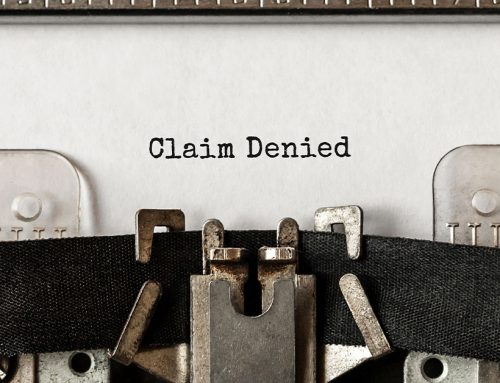The surgical dressings available from AMERX Health Care are only covered by a patient’s insurance if they are being used for a surgical wound or a debrided wound. This debridement can be surgical, mechanical, chemical, or autolytic. When performing a surgical debridement, both the CPT code selection and ICD-10 code selection are important.
CPT Coding For Ulcer Debridement
The CPT code you choose for the ulcer debridement is not based on the depth of the ulcer, nor is it based on the size of the ulcer. The code is determined by the deepest depth of tissue to which the debridement was performed. The square centimeters noted in the CPT code descriptors reference the quantity of tissue removed, not the size of the ulcer itself.
For debridements that remove 20 sq cm or less of tissue, code options include:
- CPT 97597- Use if dermis was the deepest depth of tissue removed.
- CPT 11042- Use if subcutaneous tissue was the deepest depth of tissue removed.
- CPT 11043- Use if the muscle was the deepest depth of tissue removed.
- CPT 10044- Use if the bone was the deepest depth of tissue removed.
ICD-10 Coding For Ulcer Debridement
IT is extraordinarily rare that one would debride to a depth of tissue that is deeper than what was exposed prior to debridement. For example, if the deepest depth of an ulcer were dermis, a debridement to the depth of muscle would not be expected. Therefore, it is important that the diagnosis code makes sense based on the CPT code to which it is pointing.
In last month’s blog, we listed the 6th character options that indicated the depth of an ulcer. A diagnosis code indicating a depth that is more superficial than the level of debridement performed as indicated by the CPT code may lead to payment denial. For example, it would not make sense to have a diagnosis code with a 6th character of “1” pointing to a debridement coded with CPT 11043. Denial of the debridement could also lead to denial of payment for surgical dressings.
Conclusion
It is not only the CPT code that determines coverage, but often the ICD-10 code selection is also important. When it comes to surgical debridement, be sure your diagnosis code is appropriate for the depth to which the debridement was performed. If it is not, this could lead to denial of payment for both the debridement and surgical dressings.
Resources:

Dr. Jeffrey D. Lehrman, DPM, FASPS, MAPWCA, CPC, CPMA
Dr. Lehrman is a podiatrist practicing in Fort Collins, CO and operates Lehrman Consulting, LLC which provides consultation services regarding coding, compliance and documentation. Dr. Lehrman is a Certified Professional Coder and Certified Professional Medical Auditor. He serves as a staff liaison at the AMA CPT® Editorial Panel meetings where CPT codes are created, edited, and deleted. He is a Diplomate of the American Board of Foot and Ankle Surgery, Fellow of the American Society of Podiatric Surgeons, and is recognized as a “Master” by the American Professional Wound Care Association. Dr Lehrman is a Fellow of the American Academy of Podiatric Practice Management, Past Director of the American Professional Wound Care Association Board of Directors, and is a Past Chairman of the Board of the American Society of Podiatric Surgeons. Dr. Lehrman is also on the editorial advisory board of the journal WOUNDS.





